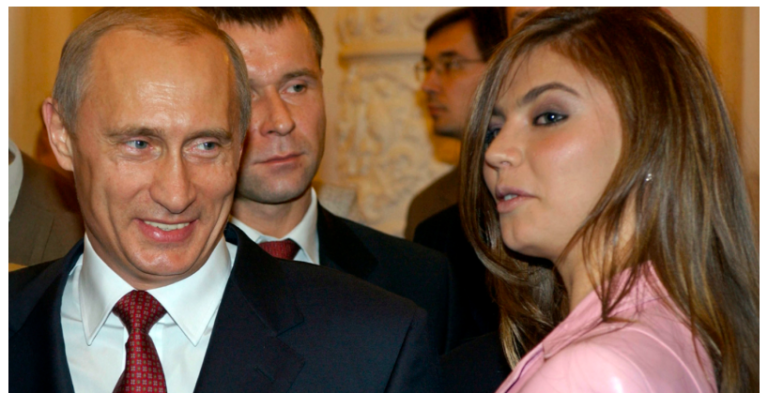On Maundy Thursday, the Church commemorates the Last Supper, marking the culmination of the Divine Drama. Hymns are sung focusing on the Passion, Crucifixion, and Death of Christ. In the evening, the Orthros of Great Friday is chanted, with the reading of the Twelve Gospels. A significant moment occurs during the chanting of the antiphon “Today He is hung on wood…” between the fifth and sixth Gospels, followed by a procession of the Crucified One by the priests. Maundy Thursday is recognised as the day when the Orthodox belief traditionally partakes in the Eucharist, symbolising the delivery of this sacred mystery during the Last Supper. Since then, the Eucharist has been central to the Church’s identity, symbolising unity and remembrance of Christ’s sacrifice. St. John Chrysostom emphasises the importance of prayer, likening it to the necessity of breathing, suggesting that prayer is essential for spiritual life and communion with God.
AADE: Monthly fees have started in myCAR for the removal of vehicle immobility
Maundy Thursday, emphasises the significance of Divine Communion, as highlighted by the apostle Paul’s caution about partaking unworthily. This day marks the beginning of preparations in Greek households for the Resurrection celebration. Traditionally, housewives engage in activities like making festive bread, Easter cookies, and dyeing red eggs, symbolising the renewal of life and the blood of Christ. Various customs are observed across different regions, such as the representation of the Last Supper in Patmos, the children of Skiathos singing carols while carrying decorated reed crosses, and the decoration of epitaphs in Litochoro, Koufonisia, and Sifnos, each with their unique rituals and significance. These customs and practices serve to commemorate the events leading up to Easter while fostering a sense of community and tradition.
Ask me anything
Explore related questions





